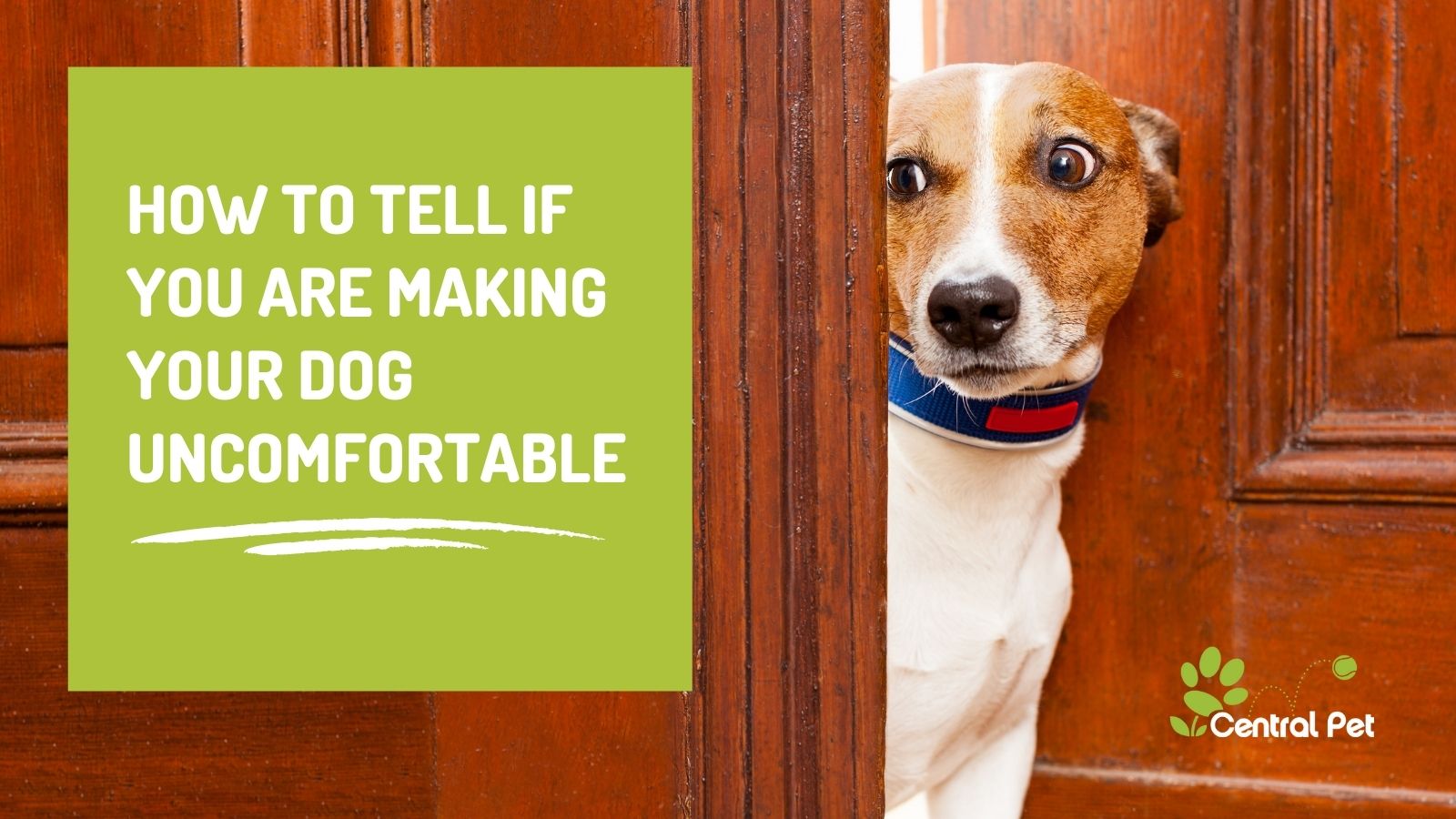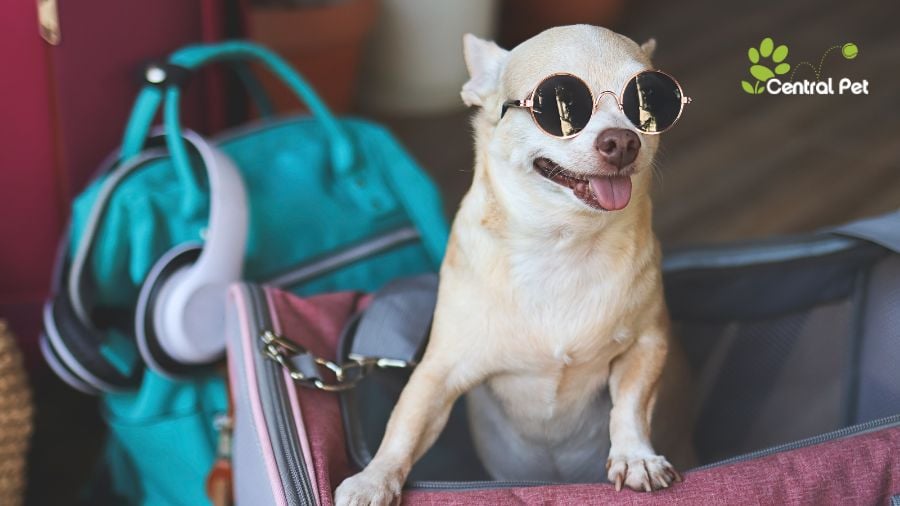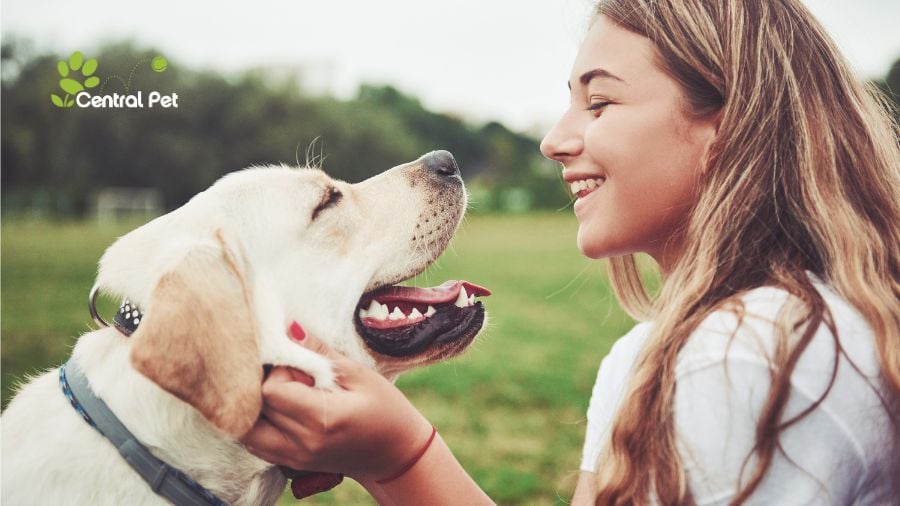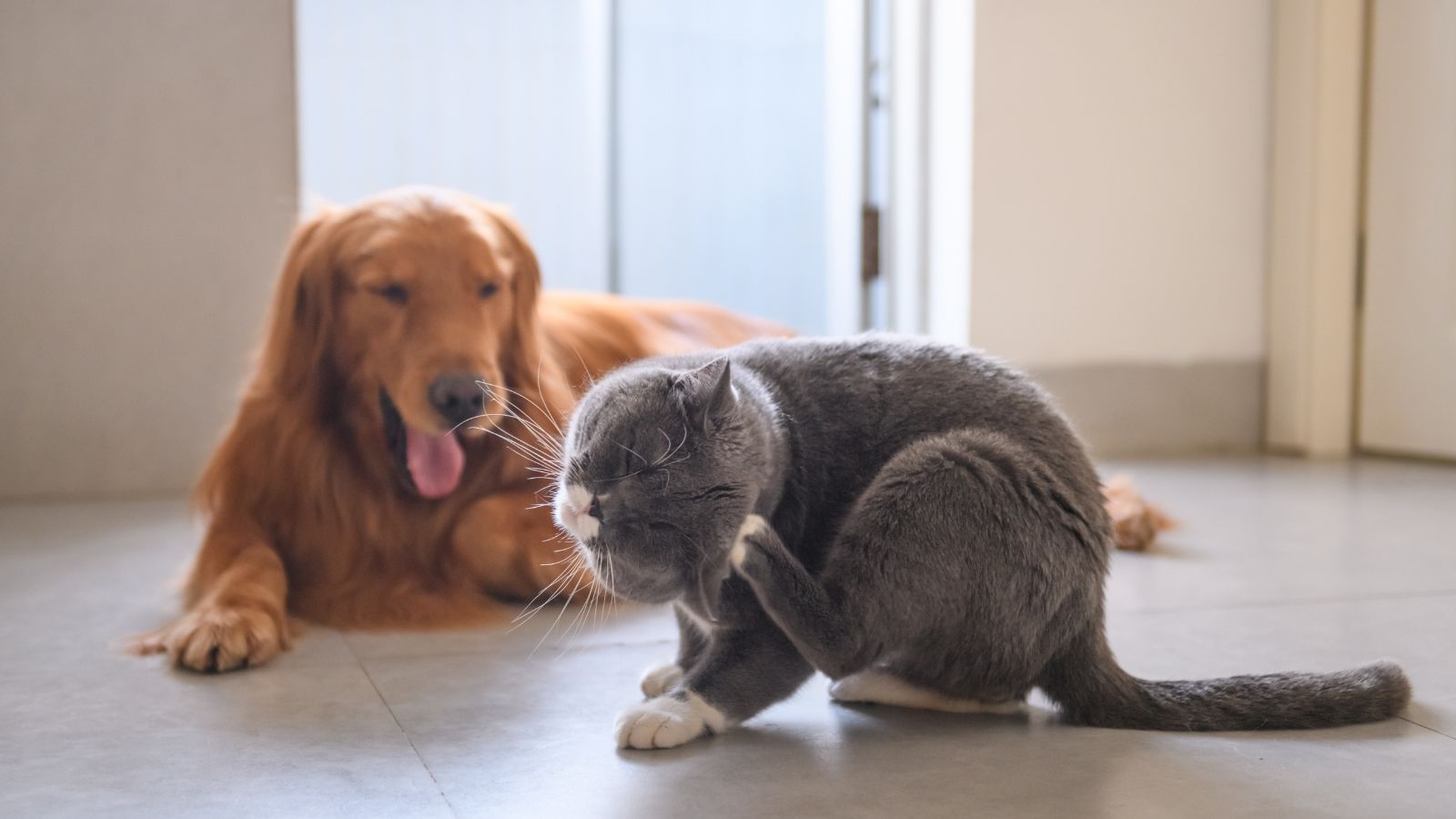Dogs usually love attention including all the hugs and petting they can get, but even when living in a loving home, your dog may show signs of stress. Every dog has likes and dislikes, just like people. As a responsible pet owner, you should look out for any signs that your dog may be uncomfortable. In some situations, it may be obvious that your dog is uncomfortable, like when taking a bath, but you might be surprised by some of the other signs of stress in dogs. And since our pets are family, it’s important to know what you can do to help them relieve stress.
Signs your Dog May be Uncomfortable
Stress, or discomfort, isn’t the same as anxiety because it’s usually short-term. A dog with anxiety tends to constantly show signs of stress and may have destructive behaviors. Discomfort is more likely triggered by something that’s happening and doesn’t typically last for days.
Some of the signs that your dog may be experiencing stress or discomfort include:
-
Changes in vocalizations
-
Socialization shifts
-
Nervous licking or grooming
-
Differences in eye contact, or whale eye
-
Downard or slow tail movements
If your dog is usually outgoing or excitable and suddenly has a change in behavior, there may be something stressing them out. Take note of what’s going on in their immediate surroundings so you can potentially pinpoint the problem and remove or change it.
Changes in Vocalizations
If you notice that your dog is being more talkative, it can be a sign there’s something making them uncomfortable. While this can be barking, it can also be whimpering, whining, grumbling, or even snarling. Some breeds tend to be more talkative including huskies, chihuahuas, or hounds. This can be caused by things you can’t control such as sirens, or things inside your home that could be changed. Try to bring your dog indoors or turn on the TV or play music to help them no longer hear the sound that may be bothering them.
Less Interest in Hanging Out With You
This doesn’t necessarily mean that your dog suddenly no longer wants attention, but that can certainly be the case. Socialization changes can be anything you consider “out of the norm” for your pup. For example, if they don’t normally go sit in their crate during the day and suddenly start using their crate as a safe place, this could be a change in socialization. Consider what may be going on in the house to see if there’s something that can be changed? Are children roughhousing or yelling a lot? Is there arguing in the house? You may be able to help your dog relieve some stress by giving them a safe space they can escape to whenever needed such as their crate, bed, or a room.
Nervous Licking or Grooming
Oftentimes dogs use their mouths to indicate how they are feeling. This can be panting, licking, or even smiling. Some dogs naturally lick more than others, and some have medical conditions such as dry skin or allergies, which may cause them to lick areas more often than others. If your dog is nervous, they may yawn, lick, or groom itself excessively. If this is a recurring issue, it is best to bring it up to their veterinarian to rule out other skin concerns.
Related Read: Help Your Pet Handle Allergy Season
Differences in Eye Contact
Dogs, just like humans, can show emotion through their eyes. If your dog flinches and squints when you move quickly, this can indicate fear. Similarly, they may open their eyes wide. If you see the whites of your dog’s eyes they may be worried or anxious. They can also blink more frequently or have “puppy eyes.” You might notice them laying down and just watching you move around in the room without lifting their head.
Downward or Slow Tail Movements
Your dog will use their tail to communicate with you. We all know that a happy dog will wag its tail quickly in an upward position. Just the opposite also occurs when a dog is feeling anxious. If a dog has a downward tail or a tucked tail, this typically means they are uncomfortable or scared. They may also have a slow wag instead of a rapid one, indicating uncertainty or stress.
What Causes Your Dog to Feel Uncomfortable?
There are several different things that humans can unknowingly do that cause our dogs discomfort or anxiety. Here are just a few things you might consider when trying to figure out why your dog may be giving you signs that he’s uncomfortable.
- Sudden loud noises – this could be from something like construction in your home or from people talking loudly.
- A change in schedule
- Inconsistent commands or expectations
- Moving furniture or floor coverings
- Mood swings from an owner
- Extended travel or times a dog is boarded
- Riding in a car
- Unexpected touching
- The presence of other dogs, cats, or other animals that live in the house
How to Comfort a Stressed Out Dog
When you notice your dog seems uncomfortable, first take a moment to analyze the situation. Is there something you can do to change the situation to ease your dog’s stress? Identifying the stressor is key to a healthy solution.
Next, try to change the situation, if you can. Sometimes you can’t solve the problem but you may be able to give your dog some extra love during the situation and maybe a treat. You can also distract them from a situation by playing with them or taking them for a walk to get out of an uncomfortable situation. Word of warning: try not to overdo it on the treats to soothe your dog.
Another option you can consider is doggy daycare. If your dog is feeling uncomfortable with a lot of people coming in and out of their space (ie: home remodeling), or the family dynamic is active and loud causing your dog to have stress, this could be a good solution. By allowing your dog some time away from a situation, they can start to release some of the stress.
If you’re in the Tucson area and you’d like to consider daycare to help your dog live his best life, learn more about how to get started.





